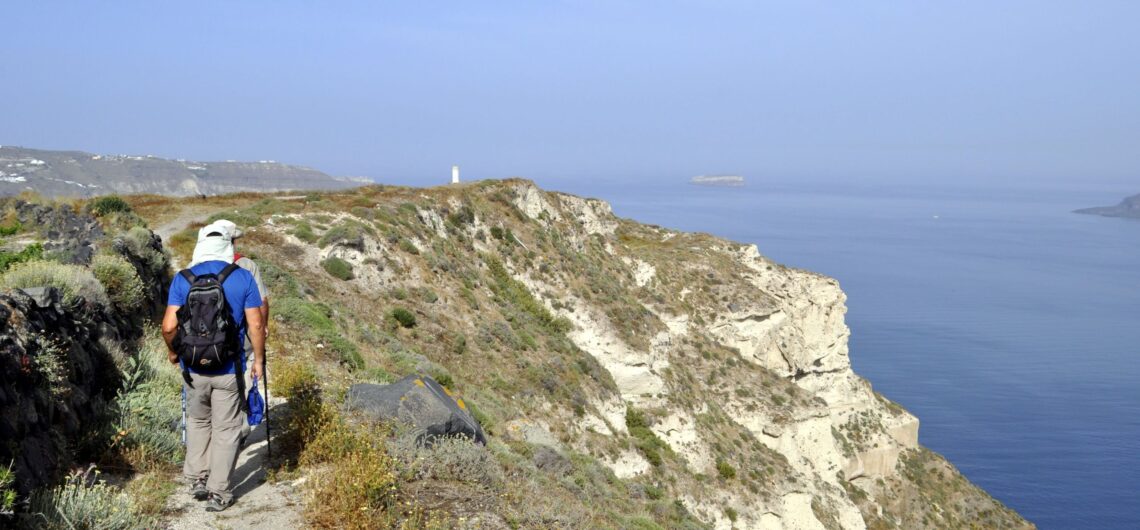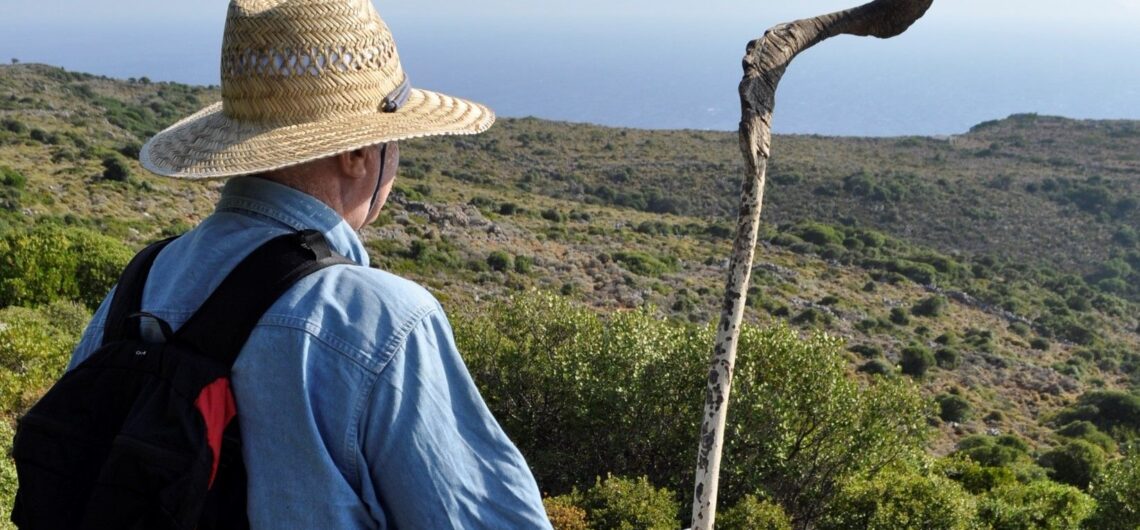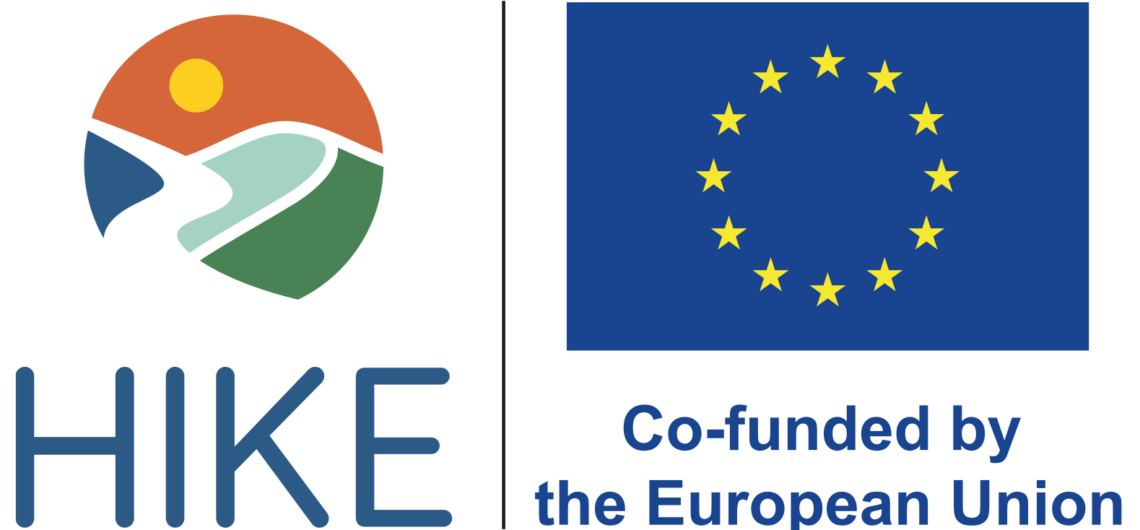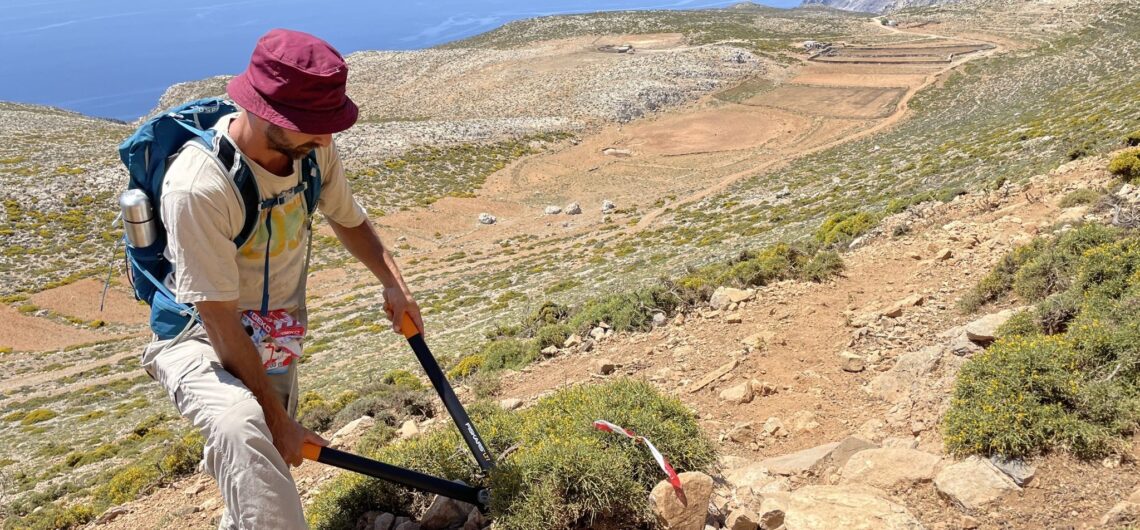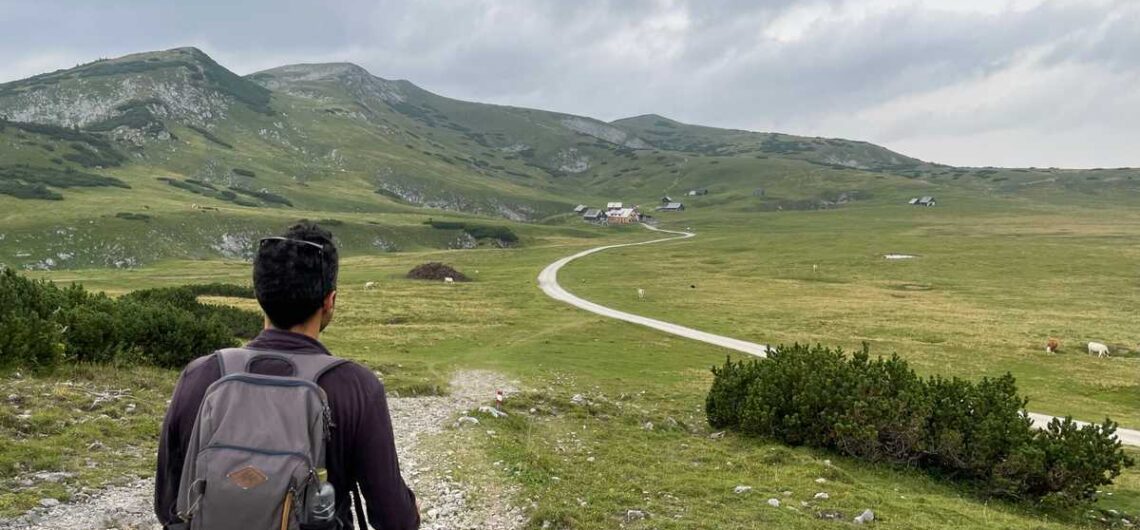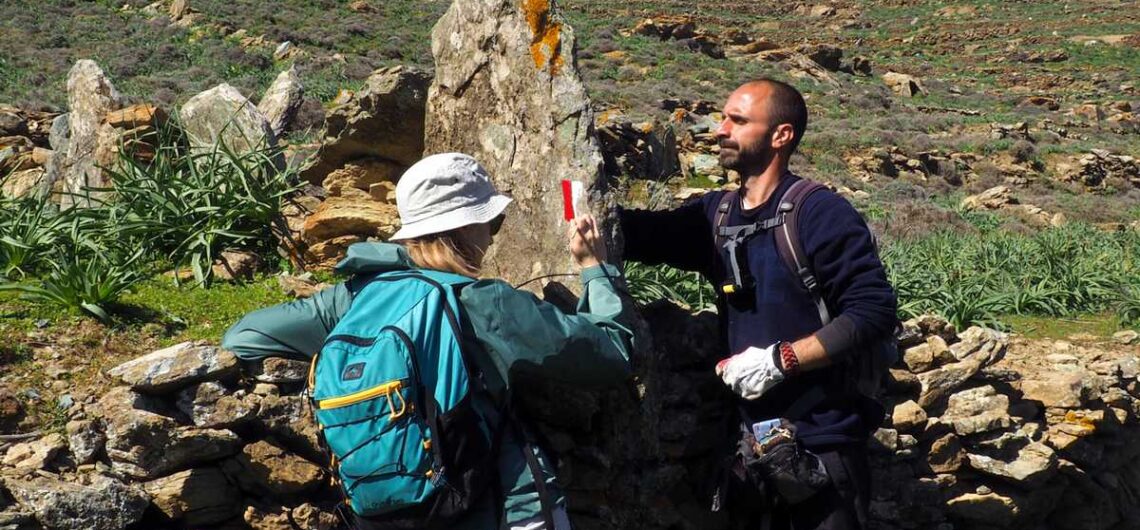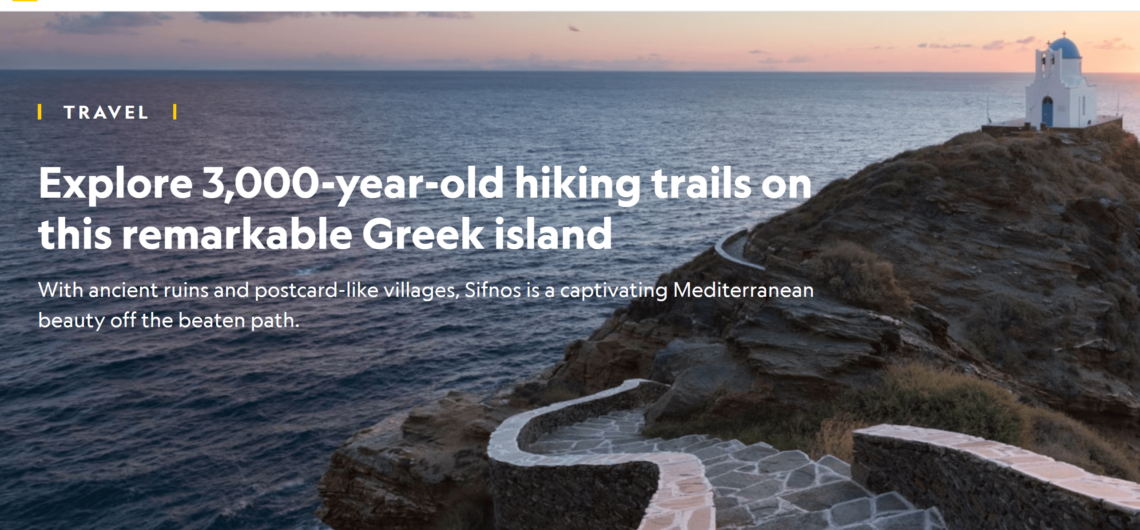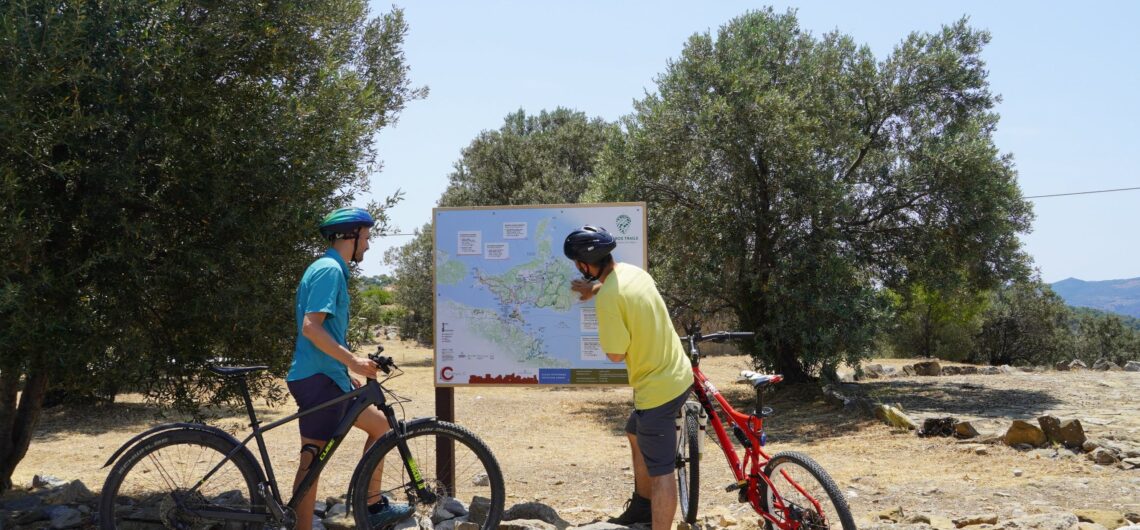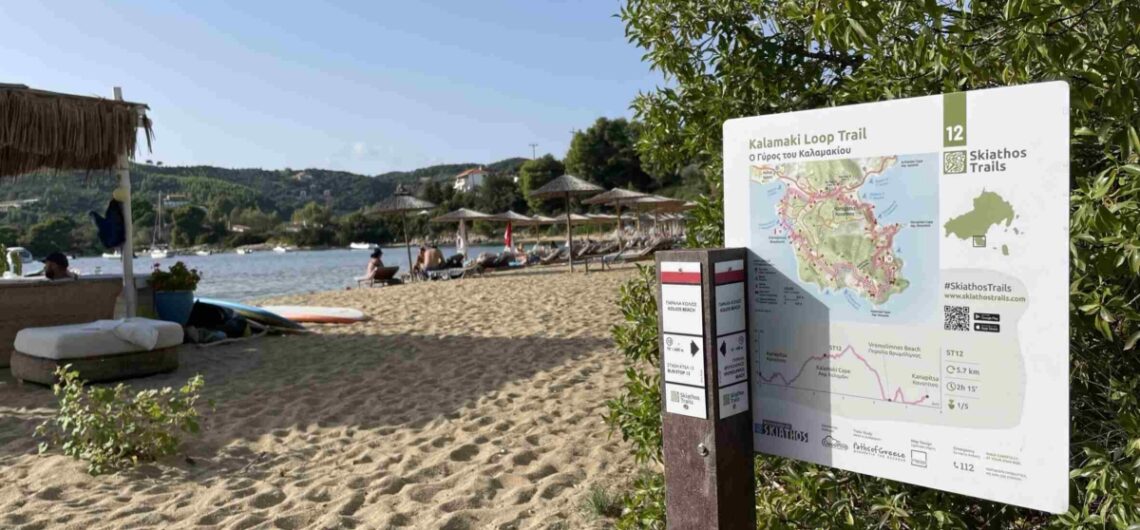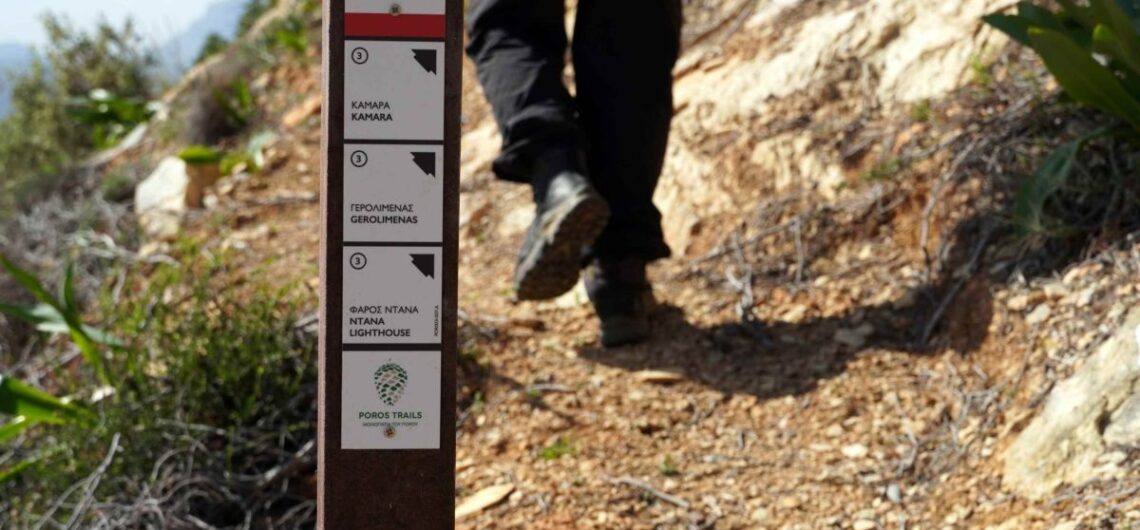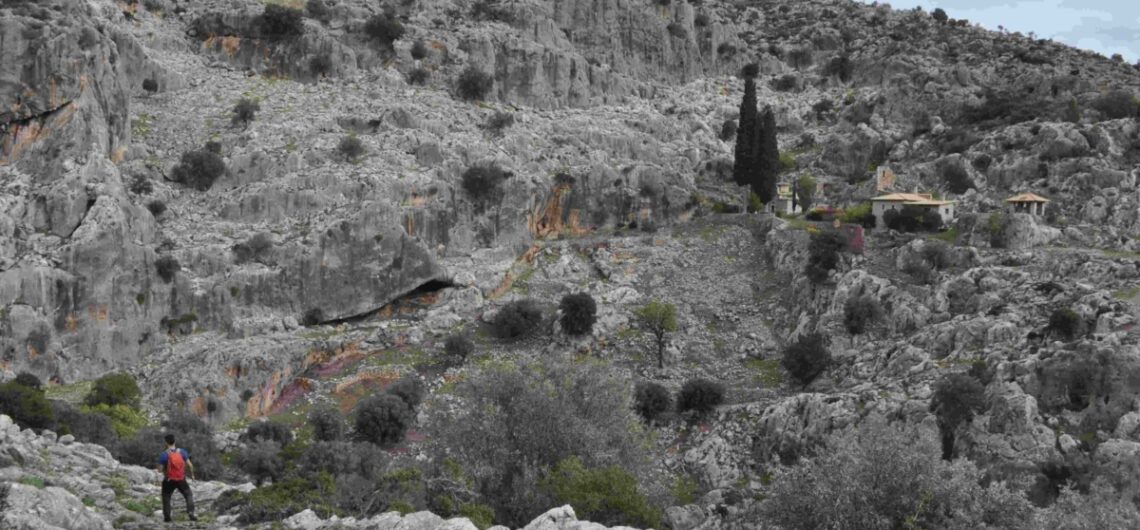Invitation to participate in the three-day hiking trip in Edessa! After the events in Italy, HIKE moves to Greece in October 2024. The town of Edessa will be the focal point for a series of outdoor events, combining hiking, cultural activities, and workshops organised by us and the municipality of Edessa from October 11th to
We are looking for influencers to participate in a two-day hike in Edessa! The Paths of Greece is looking for 2 influencers / bloggers to document two walking events that will take place in October 2024 along the Via Egnatia in the unique region of Edessa, in the lush stretch from Florina to Pella. The
Get ready for the HIKE program: Journey on 3 historical Roads Launched in April 2024, the HIKE initiative invites you to join us on a journey across some of Europe’s most stunning landscapes. Our provisional program is packed with details of upcoming hikes, explore the preliminary agenda below and join us and our partners on
Hikers fall victim to hiking! Is this activity actually dangerous? Recently, we were in Germany, in hiking circles, and everyone was telling us that they had heard or read that hikers in Greece either get lost or die! What is happening? With a quick internet search, hundreds of articles have appeared recently talking about visitors
The Greek Islands Trail is a long-distance trail made up of the best trails of each of the Cyclades islands. It’s a years-long dream coming to fruition. A path that will pass through all the Cyclades and that will be the most important long route in the country. As Greece is known abroad with white and blue
Exciting News: the Via Egnatia and Paths of Greece are featured on the HIKE Project Website! We’re excited to announce the launch of the HIKE project’s website today! This initiative from Paths of Greece aims to guide participants along three iconic European trails, promoting healthier and more active lifestyles through customized hiking events suitable for all fitness
Via Egnatia is the ancient road that connected Via Appia with Byzantium, an earlier settlement in the area of the later Constantinople – today’s Istanbul. It is – as the saying goes – one of all the roads that led to Rome – the most important in the Eastern Roman Empire based on historical
The Launch of the HIKE Project Embark on a Journey to Well-being: The Launch of the HIKE Project The European project “HIKE: HIKing for a healthier lifestylE along European Cultural Routes” kicked off on 1 April 2024. This Erasmus+ Sport project aims to increase healthy and active lifestyles via engagement of local communities into
(Ελληνικά) Δελτίο Τύπου 1 – Μονοπάτια Κληρονομιάς Σκιάθου – Πράσινο Ταμείο Sorry, this entry is only available in Greek.
Interviewing the member of Paths of Greece, Antonis Panou, about the maintainance of hiking paths Antonis Panou is a member of Paths of Greece and specializes in waymarking and maintaining hiking paths. He has been part of our team for about 5 years and has traveled all over Greece in order to implement hiking
Getting to know the Central European Trail Waymarking Reading the entire article takes about 8 minutes. Alternatively, you can continue directly to the conclusions by clicking here. “They know better abroad!” “I’ve walked the Alps and I know!” “What are the European standards?” “Let’s get the Austrians to show us how it’s done!” These and
Trail Waymarking by Paths of Greece As mentioned in the previous posts, the trail waymarking we use in our hiking networks can be divided into the following categories. Direction waymarking by color Direction waymarking with color, is done by applying color to suitable surfaces within the route and follows a specific typology. Its purpose
Paths of Greece on National Geographic! Our work with the trails of Sifnos has attracted National Geographic reporter Chloe Berge, who visited the island and wrote a beautiful article about the trails of the island. We are all excited to see that one of our oldest projects is being recognised and admired after about a decade! This means
Marking of footpaths with central signs Central trail signs are large in size and act as a summary, presentation and promotion of an area’s hiking and cycling network. They are placed in central, high-traffic areas and are intended to make the hiking experience more accessible for visitors. Contents of central signs The main theme
Marking paths with entry signs Marking with entry signs is required for all trails. These signs are used at the entry of each route, in locations such as town squares. They can improve the experience of hikers as well as attract new inexperienced people. Contents of entry signs Trail entry signs must provide all useful
Trail directional signs The signage we use at Paths of Greece can be divided into three main parts: marking with colour, which indicates the direction of the route. We have mentioned it in previous blogs. marking with directional stakes and information signs. In this article we will refer to trail directional signs. Contents of directional
[fusion_builder_container hundred_percent=”no” hundred_percent_height=”no” hundred_percent_height_scroll=”no” hundred_percent_height_center_content=”yes” equal_height_columns=”no” menu_anchor=”” hide_on_mobile=”small-visibility,medium-visibility,large-visibility” class=”” id=”” background_color=”” background_image=”” background_position=”center center” background_repeat=”no-repeat” fade=”no” background_parallax=”none” enable_mobile=”no” parallax_speed=”0.3″ video_mp4=”” video_webm=”” video_ogv=”” video_url=”” video_aspect_ratio=”16:9″ video_loop=”yes” video_mute=”yes” video_preview_image=”” border_color=”” border_style=”solid” margin_top=”” margin_bottom=”” padding_top=”” padding_right=”” padding_bottom=”” padding_left=”” type=”legacy”][fusion_builder_row][fusion_builder_column type=”1_1″ layout=”1_1″ spacing=”” center_content=”no” link=”” target=”_self” min_height=”” hide_on_mobile=”small-visibility,medium-visibility,large-visibility” class=”” id=”” background_color=”” background_image=”” background_position=”left top” background_repeat=”no-repeat” hover_type=”none” border_color=”” border_style=”solid” border_position=”all”
Implementation and inauguration of Poros trails The new website of Poros trails! From the end of last year, the implementation of the Poros hiking trail began. A project conceived back in 2016 has successfully reached completion. Cleaning, walkability improvements, signposting, maps and website creation were implemented by Paths of Greece, its partners and the
Desfina community network design In December 2022 Paths of Greece traveled to Desfina in the prefecture of Fokida. The purpose was to carry out a survey for the creation of a hiking and cycling network on behalf of the very active community of Desfina! Thus, in collaboration with the people of the community, we
Implementation of Hydra trails The hiking network of the island of Hydra is now complete and operational! The hiking network of this historic destination in Greece has its own exclusive website and mobile application for android and ios! Web page https://www.hydratrails.gr/el/ Facebook page https://www.facebook.com/hydratrails Instagram page https://www.instagram.com/hydratrails/ Android application https://play.google.com/store/apps/details?id=net.stonewave.hydra_trails&hl=en_US&pli=1 IOS application https://apps.apple.com/gr/app/hydra-trails/id1356614237



